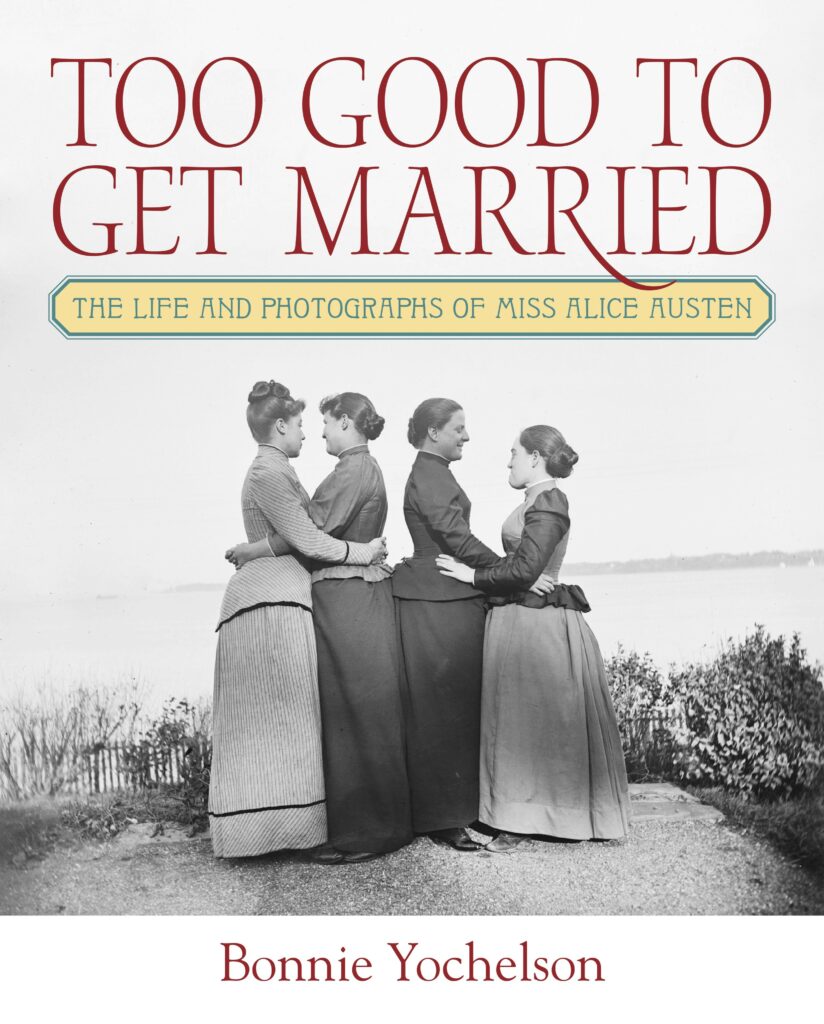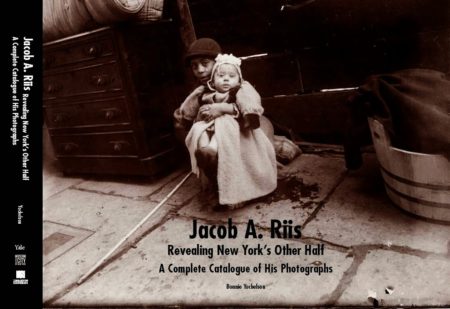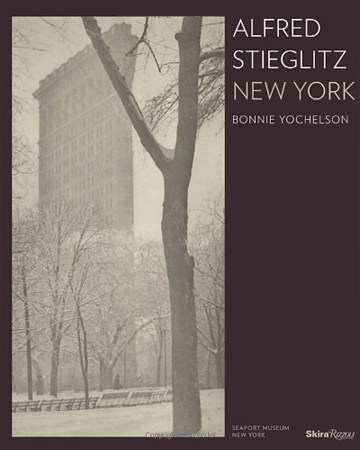Too Good to Get Married
The Life and Photographs of Miss Alice Austen
Bonnie Yochelson
Explore Gilded Age New York through the lens of Alice Austen, who captured the soppcial rituals of New York’s leisured class and the bustling streets of the modern city.
Alice Austen (1866–1952) lived at Clear Comfort, her grandparent’s Victorian cottage on Staten Island, which is now a National Historic Landmark. As a teenager, she devoted herself to photography, recording what she called “the larky life” of tennis matches, yacht races, and lavish parties. When she was 25 and expected to marry, Austen used her camera to satirize gender norms by posing with her friends in their undergarments and in men’s clothes, “smoking” cigarettes, and feigning drunkenness. As she later remarked, she was “too good to get married.” Austen embraced the rebellious spirit of the “New Woman,” a moniker given to those who defied expectations by pursuing athletics, higher education, or careers. She had romantic affairs with women, and at 31, she met Gertrude Tate, who became her life partner. Briefly, Austen considered becoming a professional photographer. She illustrated Bicycling for Ladies, a guide written by her friend Violet Ward, and she explored the working-class neighborhoods of Manhattan to produce a portfolio, “Street Types of New York.” Rejecting the taint of commerce, however, she remained within the confines of elite society with Tate by her side. Although interest in Austen has accelerated since 2017, when the Alice Austen House was designated a national site of LGBTQ history, the only prior book on Austen was published in 1976.
Copiously illustrated, Too Good to Get Married fills the need for a fresh and deeply researched look at this skillful and witty photographer. Through analysis of Austen’s photographs, Yochelson illuminates the history of American photography and the history of sexuality.
Bonnie Yochelson is a former curator of prints and photographs at the Museum of the City of New York and an established historian of New York City’s photographic history. Her notable works include Jacob A. Riis: Revealing New York’s Other Half, Alfred Stieglitz New York, and Berenice Abbott: Changing New York. More at www.bonnieyochelson.com.
Reviews
“The first major biography of Alice Austen to appear in nearly fifty years. Yochelson offers a new and compelling appraisal of this significant woman photographer of the late nineteenth and early twentieth centuries, integrating Austen’s intimate woman-centered life with her evolving photography.” —Kathy Peiss, Roy R. and Jeannette P. Nichols Professor Emerita of American History, University of Pennsylvania
“An engaging, lively, and insightful look at the life and work of photographer Alice Austen, a pioneering figure in women’s and lesbian history whose story has not been well-told until now. Yochelson carefully and thoughtfully assesses Austen’s life as a moving and revealing lens on the place of women in the United States and New York in a period of dramatic change.” —Stephen Vider, author of The Queerness of Home: Gender, Sexuality, and the Politics of Domesticity after World War II
“An assiduous, revealing biography of a complex early feminist photographer who carved her own path.” —Foreword Reviews
“Alice’s world. Yochelson, former curator of prints and photographs at the Museum of the City of New York, pays homage to photographer Alice Austen (1866-1952), who, like Jacob Riis and Lewis Hine, documented a changing America. Born Elizabeth Alice Austen Munn, she grew up at Clear Comfort, her family’s estate on Staten Island, now a public museum and, since 2015, designated an LGBTQ+ landmark. Although her parents separated, Alice grew up in wealth and privilege, indulging in her passion for lawn tennis and, in the mid-1880s, taking up photography, including developing her own prints. Her subjects were family, friends, and suitors; travels near and far; nature and urban scenes. Not interested in selling her work, she often gave framed prints as gifts. Generously illustrated, the biography reveals a change in her perspective in 1891 when she began to use her camera to satirize social rituals and gender politics—posing herself and friends dressed in men’s clothes, for example. In 1893, she traveled to Chicago, the farthest she had ever been from home, to photograph buildings and exhibits at the World’s Columbian Exposition. In Manhattan, she documented tradespeople and immigrants she called “street types.” Claiming she was “too good to get married,” Austen found a lifelong companion in Gertrude Tate, whom she met in 1897. They traveled together but did not live together until 1917. Financial troubles dogged their later years: Austen lost all her money in the stock market crash of 1929, and even selling her possessions could not prevent the pair from being eventually evicted from Clear Comfort. Yochelson traces the fraught process by which Austen’s photo collection was rescued by the Staten Island Historical Society, as well as a posthumous controversy over her sexuality. A sensitive portrait of a prolific photographer.” —Kirkus Reviews


